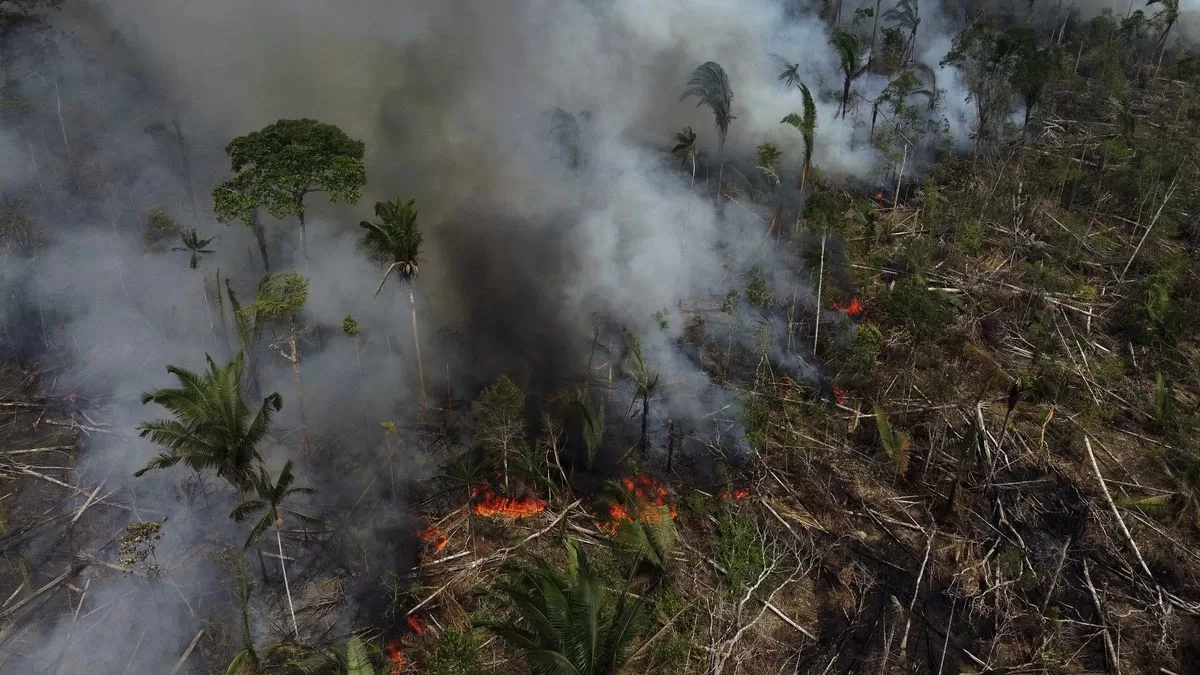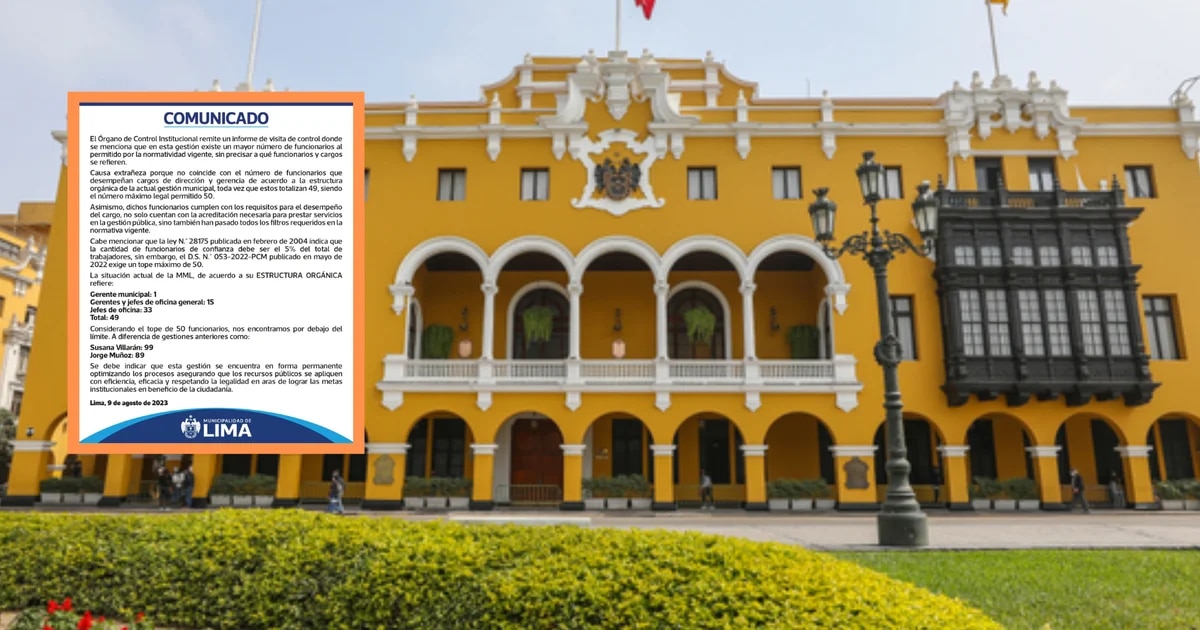Most of that destruction has occurred in the last half century, and Brazil—where two-thirds of the rainforest is located—is the main culprit.
Livestock and soybean farming have expanded dramatically thanks to new technologies, roads, and the global demand for grains and meat. Mostly controlled by settlers of European descent who immigrated from other parts of the country, ranching and agriculture have reshaped local culture in everything from people’s diet to their music.
Nowhere is the devastation greater than in the Brazilian state of Pará, of which Belém is the capital. 41% of deforestation in the Brazilian Amazon has occurred in Pará, where so much land has been transformed into its use in order to raise some 27 million head of cattle, which is the main emitter of greenhouse gases among the states Brazilians, according to the Climate Observatory, a network of nonprofit environmental organizations.
It emits more than any other country with an Amazon rainforest: Colombia, Peru, Ecuador, Venezuela, Bolivia, Suriname, Guyana, and the territory of French Guiana.
Other environmental threats are large hydroelectric dams, especially in Brazil; illegal logging, mining and oil extraction, with effects on water pollution and the alteration of indigenous lifestyles. Lack of investment in infrastructure also means that much of the wastewater from households in the rainforest is discharged directly into waterways.
The Amazon has also seen more extreme weather events—floods and droughts—in recent years.
____
HOW IMPORTANT IS THE AMAZON TO STOP CLIMATE CHANGE?
A lot.
Climate change worsens when carbon-absorbing plants are lost. And the Amazon works as a massive device to store it.
Luciana Gatti, an atmospheric chemist and researcher at Brazil’s National Institute for Space Research, said deforestation puts more greenhouse gases into the atmosphere, and generally means less rainfall and higher temperatures.
“By deforesting the Amazon we are accelerating climate change,” Gatti told The Associated Press.
She is the co-author of a study published in the journal Nature that found that the heavily deforested eastern Amazon has ceased to function as a carbon sink and is now a source of that chemical element. Gatti said it is necessary to reverse half of the deforestation in the eastern Amazon to maintain the rainforest as a buffer against climate change.
____
COULD DEFORESTATION REACH A “TIPPING POINT”?
Research by Carlos Nobre, an Earth system scientist—biosphere-atmosphere interactions—and by the late environmental scientist Thomas Lovejoy, both of which are often cited, estimate that 20-25% deforestation would be a critical threshold for Amazon. The resulting decrease in rainfall would transform more than half of the Amazon into a tropical savannah, with great loss of biodiversity, they noted.
That kind of change is already happening in the Xingu Indigenous Territory in the southern Brazilian Amazon, which has become an island surrounded by soybean plantations and grazing land, and where researchers have highlighted forest degradation due to persistent droughts, fires and agricultural practices.
But some researchers have questioned the tipping point theory for using computer models to predict outcomes in such a large and complex region.
Others have said that an even bigger threat is global climate change. David Lapola, a researcher on a project studying how the Amazon responds to higher levels of carbon dioxide, argues that even if deforestation in the Amazon basin were to stop immediately, the rainforest would still be at risk of reaching a tipping point. because of what is happening worldwide.
____
WHAT OTHER THREATS DOES THE REGION FACE?
Road paving and organized crime.
Governments initially carved roads through the forest so that settlers could reach distant lands, though heavy rains and use regularly ruined those dirt roads. Paving them facilitated access, and also the transport of agricultural products.
But that also helped lawbreakers reach wilderness areas to harvest ancient hardwoods and clear jungle for ranching. The roads have been called “arteries of destruction”, and often result in deforestation resembling the skeleton of a fish, as smaller dirt roads develop that branch off the backbone of an official road.
Even more important for criminal organizations to take root have been political corruption and lax law enforcement. Few border areas are seriously policed, and there has been little international cooperation as rivals compete for drug-trafficking routes. Narcotics seizures have increased in Colombia, Brazil, Bolivia and Peru over the past decade, the United Nations Office on Drugs and Crime (UNODC) reported in June.
Homicide rates in Amazonian municipalities are sometimes double or triple the already high national averages, said Rob Muggah, founder of the Igarapé Institute, a think tank focused on public, climate and digital security. The scarcity of opportunities makes it easy for criminal groups to recruit the poorest residents, especially those without education or employment. And crime reinforces chronic underdevelopment and turns it into a vicious cycle, Muggah added.
Traffickers have branched out into businesses such as “narco deforestation” — laundering profits from trafficking into land for agriculture — as well as financing and logistics for illegal gold prospecting that devastates forests and poisons waterways, according to the report. from UNODC.
____
CAN THE AMAZON BE DEVELOPED WITHOUT ENVIRONMENTAL DESTRUCTION?
The Amazon is so large and complex that there is no single solution for developing distinct regions, said Marcelo Salazar, a veteran of environmental work and nonprofit consulting who now runs a company that makes food supplements using natural products from the Amazon.
But there are some commonalities, he noted. First, for a forest economy to work, governments must provide health, education, and protection of land rights. Subsidies for products that come from the forest would also help; for example, making traditional babassu palm oil more competitive than soybean oil from Brazil’s vast plantations.
There is also a need for further development of local knowledge to communicate the challenges facing the Amazon and its possibilities, both to help outsiders understand them and to attract investors.
“We still have few experiences that stand out as models as opposed to destructive models,” he added.
Environmental activists have long championed so-called bioeconomy alternatives for the tens of millions of people who live in the Amazon, but investors have been wary. For such proposals to get off the ground, the risks need to be low enough that the biggest companies hope to make a profit, which means tougher police and anti-corruption measures, Igarapé’s Muggah said.
“The specific interventions and pilot projects are excellent; we need them to be able to understand what is going to work and what is not. But we need to back that up with real force, real investment, real economic resources,” he added.
____
The Associated Press’s climate and environmental coverage is supported by several private foundations. The AP is solely responsible for all content.
FOUNTAIN: Associated Press


